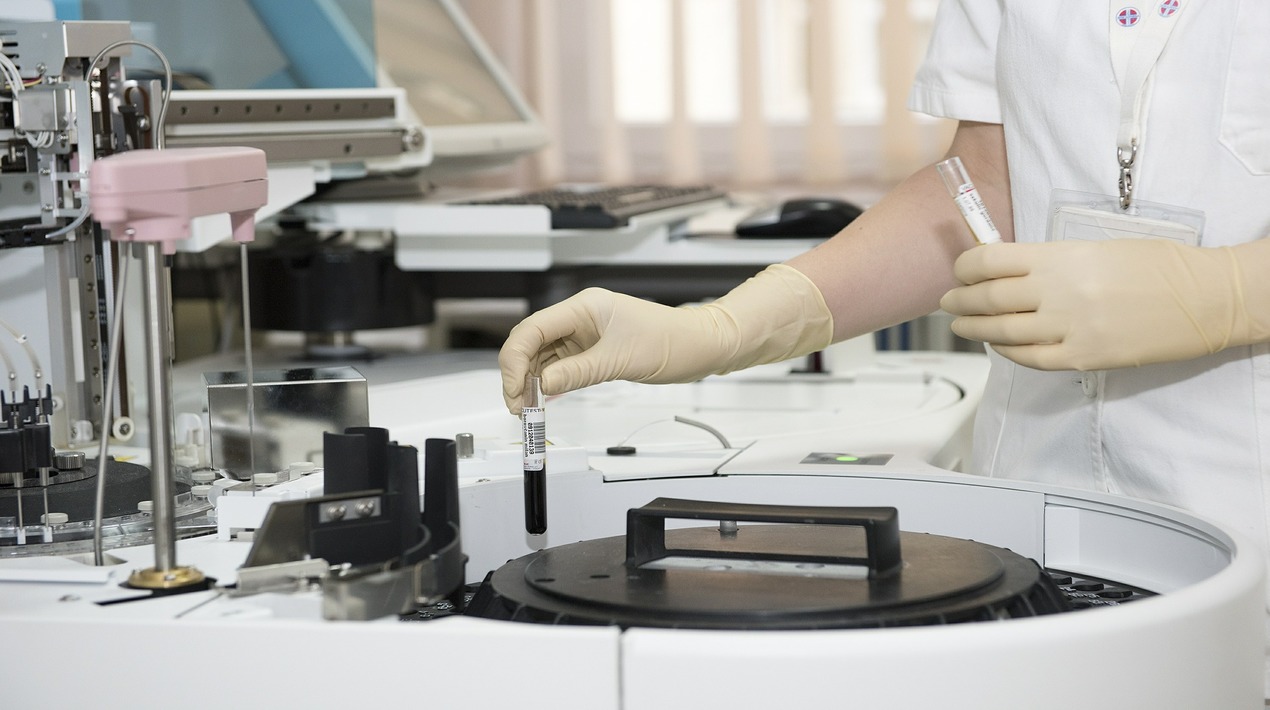
Cardiovascular disease is the leading cause of death in New Zealand, and primary drug treatments have failed to improve mortality rates over the last ten years. A funding organisation has awarded over NZ$1 million to researchers at the University of Auckland to develop an implantable medical device that activates nerves to treat heart disease, potentially transforming cardiovascular therapies and the treatment of a variety of conditions.
A principal investigator with the Auckland Bioengineering Institute’s (ABI) Implantable Devices Group is focused on developing new implantable devices to treat neurological conditions and heart disease. He has created a number of new technologies to enable novel disease treatments, such as wireless power transfer, stimulation, and blood pressure sensing systems. Another researcher, collaborating with the principal research, focuses on how the nervous system of the heart controls heart rhythm, with a particular interest in developing methods to modulate nervous system activity in order to treat cardiac arrhythmias in humans.
Our technology, can be implanted with relative ease in the neck and allows us to pinpoint stimulation to just the nerve fibres going to and from the heart, or another organ of our choice.
– Researcher, Auckland Bioengineering Institute
“After a chance meeting around the coffee machine, we realised we were working towards the same aim, and that we could develop a research project together,” says the principal investigator. The research is focused on the advancement of ‘electroceuticals,’ which are devices that stimulate or block neural activity and offer an appealing alternative to drug-based therapies for heart disease since they can be controlled more precisely and have fewer side effects.
The key challenge facing the development of electroceuticals, they say, is finding a way to limit their effects to the fibres within a nerve that have therapeutic benefits on the target organ. “The science challenge is limiting stimulation to the subset of fibres within the vagus that have therapeutic benefits on the heart, the very specific fibre bundles which are relatively small and vary between individuals,” he added. While implantable devices have been developed and used to stimulate nerve function in various organs and disorders, they typically require complex surgery and come with associated risks of side effects.
A report by OpenGov Asia revealed that St George’s Hospital in Christchurch has unveiled new high-tech facilities. The Governor-General officially opened the Cressy Wing, a four-storey unit with a fluorescent imaging system, on July 2, 2021. The fourth and final building to be built as part of St George’s eight-year redevelopment includes a new maternity centre, digital operating theatres, laundry, and a medical supply room.
Surgeons use advanced imaging technology to isolate small tumours and cancer cells that are invisible to the naked eye. It works by using fluorescent dye to illuminate a patient’s anatomy. St George’s is the South Island’s only private hospital that uses the system for cardiothoracic surgery. One of the first cardiothoracic surgeons in New Zealand to use the technology was a Christchurch surgeon.
Transformation is also fuelled by the fact that healthcare systems are encountering an increasing number of issues, and traditional methods are not yielding the desired results. According to the World Health Organisation, there is a worldwide shortage of approximately 4.3 million physicians, nurses, and allied health workers, and care is frequently unavailable where it is most needed.
This project, on the other hand, will build on decades of research done at the ABI and the Medtech Core, as well as with national and international collaborators, into implantable devices, computer modelling, and heart and nerve physiology. This research will also make a significant contribution to work within the new Healthy Hearts for Aotearoa New Zealand Core addressing heart health disparities among Mori and Pacific people.
















